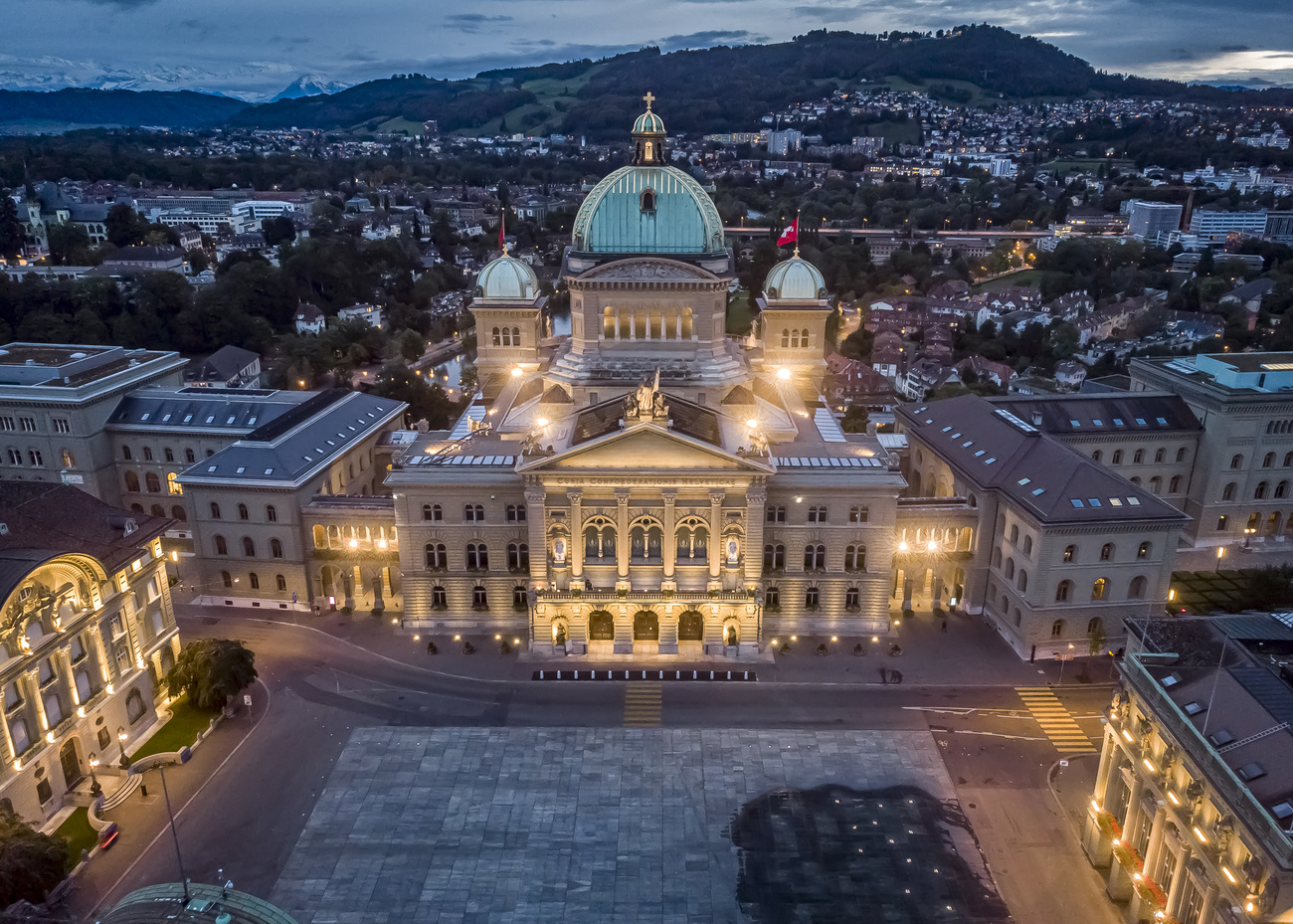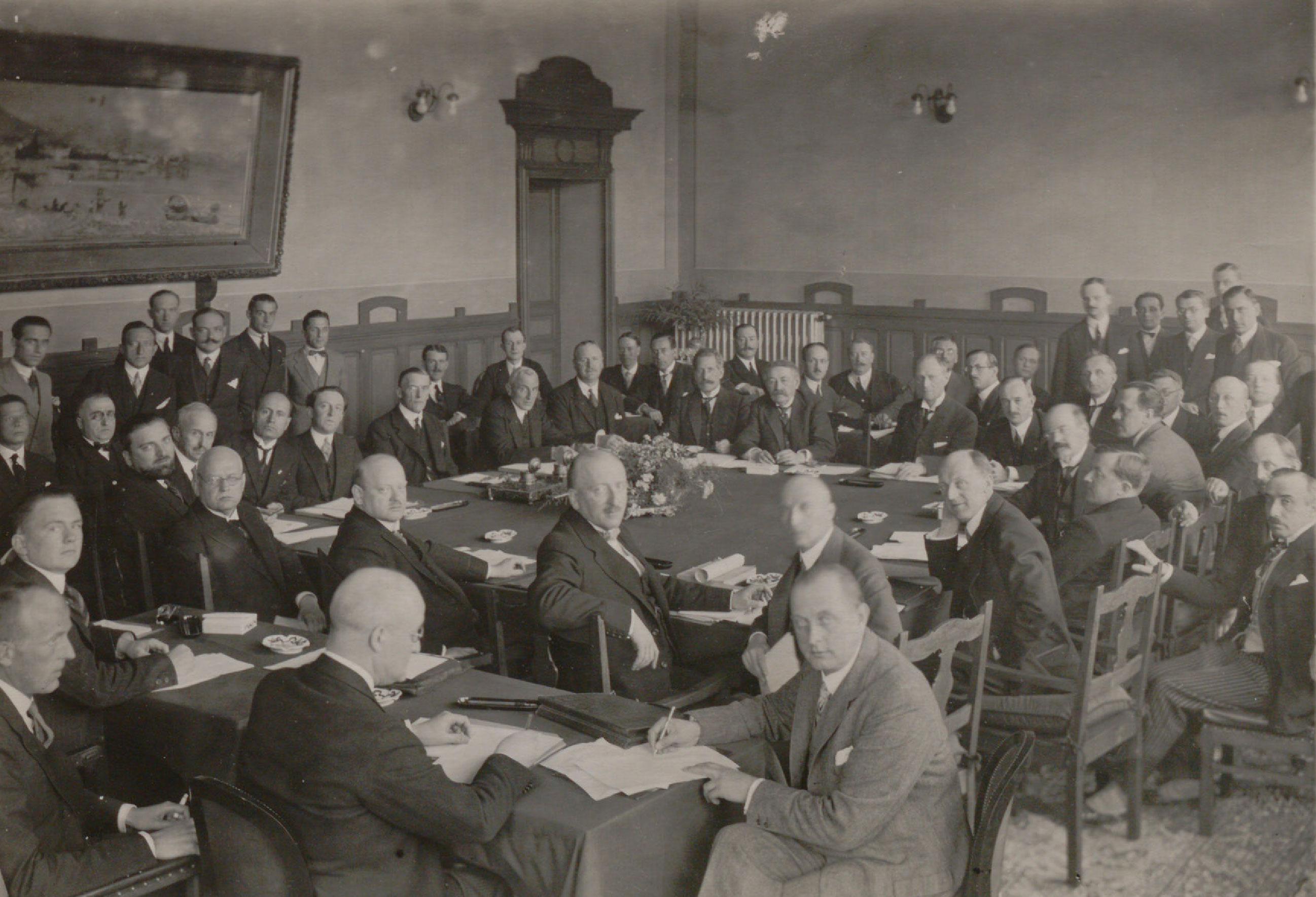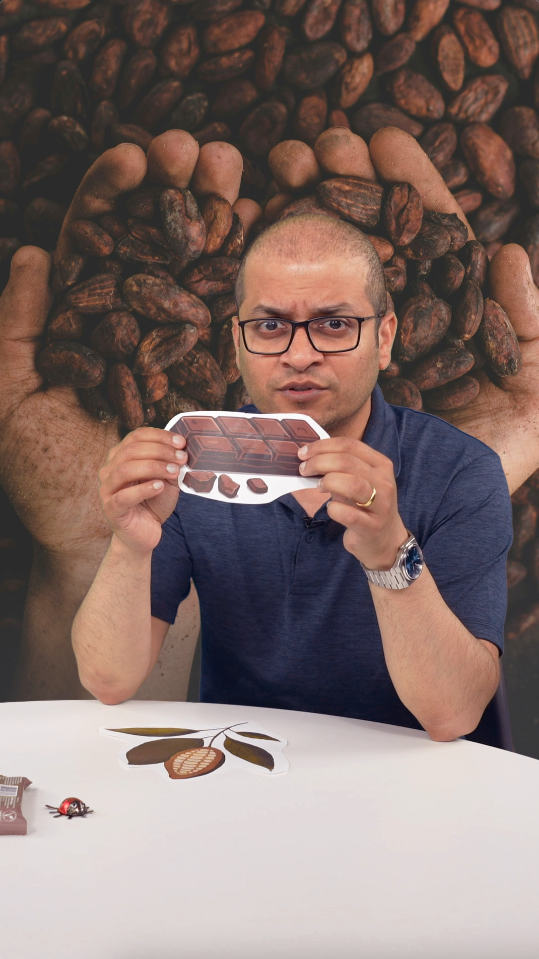
Why the high point of climbing is not the summit
I was recently asked the question, why do I climb? More specifically, “Why all that effort just to stand on the summit for 15 minutes before going all the way down again?”
There have been many versions of this question since mountain exploration began, in earnest during the Golden Age of Alpinism in the middle of the 19th century, through to the Himalayan era of the 20th (the race to “conquer” all the 8,000 metre peaks), all the way up to present day.
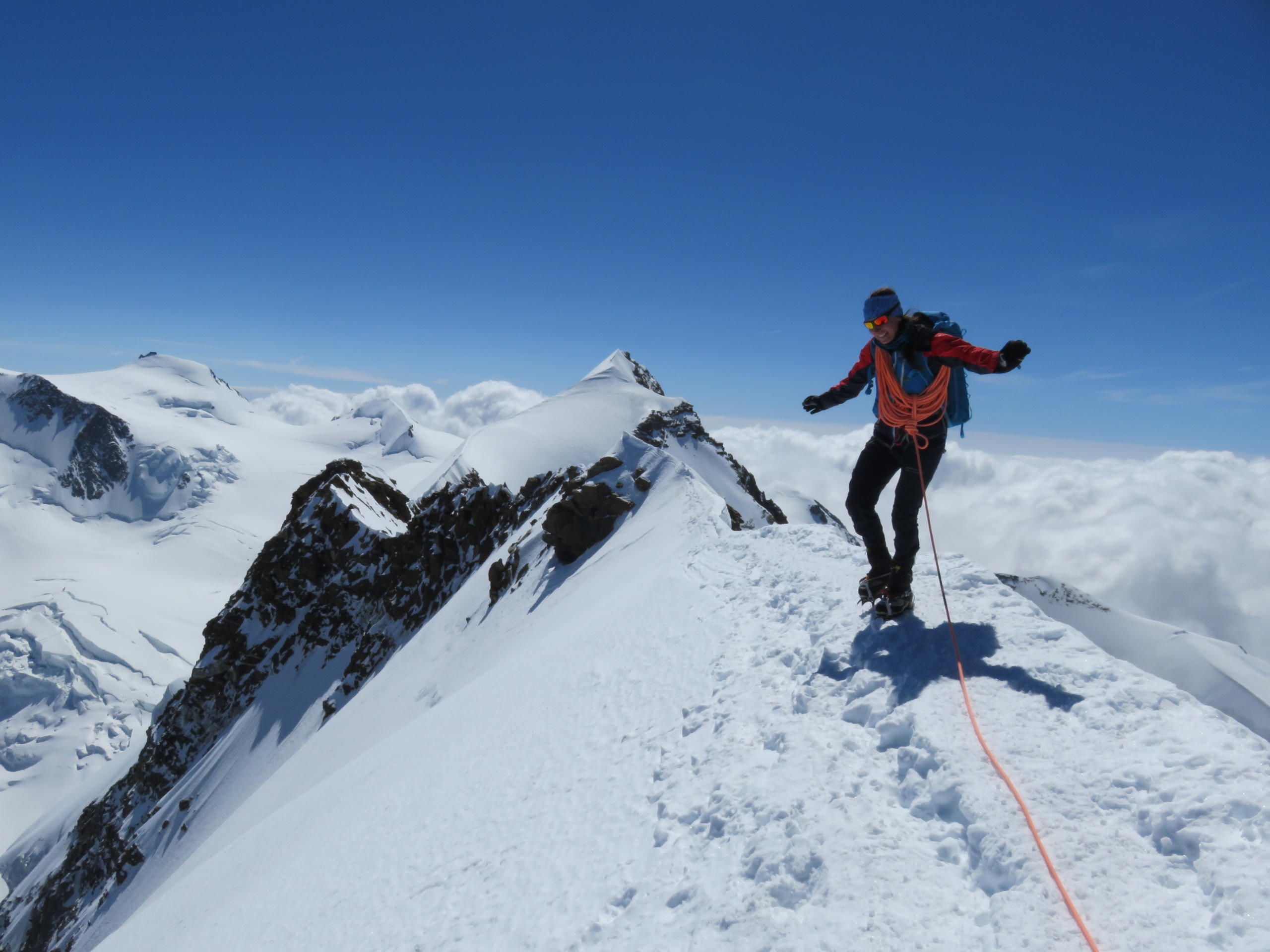
The main question here is “why?” And it is a question that climbers have been struggling with from the start. Like the question, there have been many answers: From the concise, “Because it is there” of George Mallory, all the way to Unjustifiable Risk, a 340-page book by Simon Thompson which ends, rather disappointingly with, “Every climber has a slightly different reply. There is no definitive answer, and perhaps we should not seek one.”
As an under-the-radar, amateur-but-obsessed climber, I feel I’m as good a person as any to try. And I believe that I have the answer. Not AN answer, but THE. Sure, there may be other versions, but I can all but guarantee they stem from the one going to give.
First, in response the specific question above: 15 minutes? Sometimes I don’t even break stride.
There’s nothing up there, physically, except the view, and time and weather dictate how long I linger. If it is a long tour and I want to get back down again before dark to catch a train, or if there’s a strong wind on top, I might not stop at all, but pass over the summit with barely a backwards glance.
True, if it’s sunny and warm and there’s no need to rush, I might sit happily there for an hour, enjoying the view, the silence, the peace. Maybe take a selfie. But generally, I do not hang about for one reason – the top of the mountain is not the high point of the climb.
Ask any seasoned mountaineer and they’ll agree at least to this: the top of a mountain is only the halfway point. The true summit is never found before you’re tucked in bed: cosy, warm, and safe – or at least tucking into a pizza at the restaurant after completing the descent. For what is mountaineering in essence but a long detour from bakery to pizzeria? And what goal is there other than making the journey without mishap?
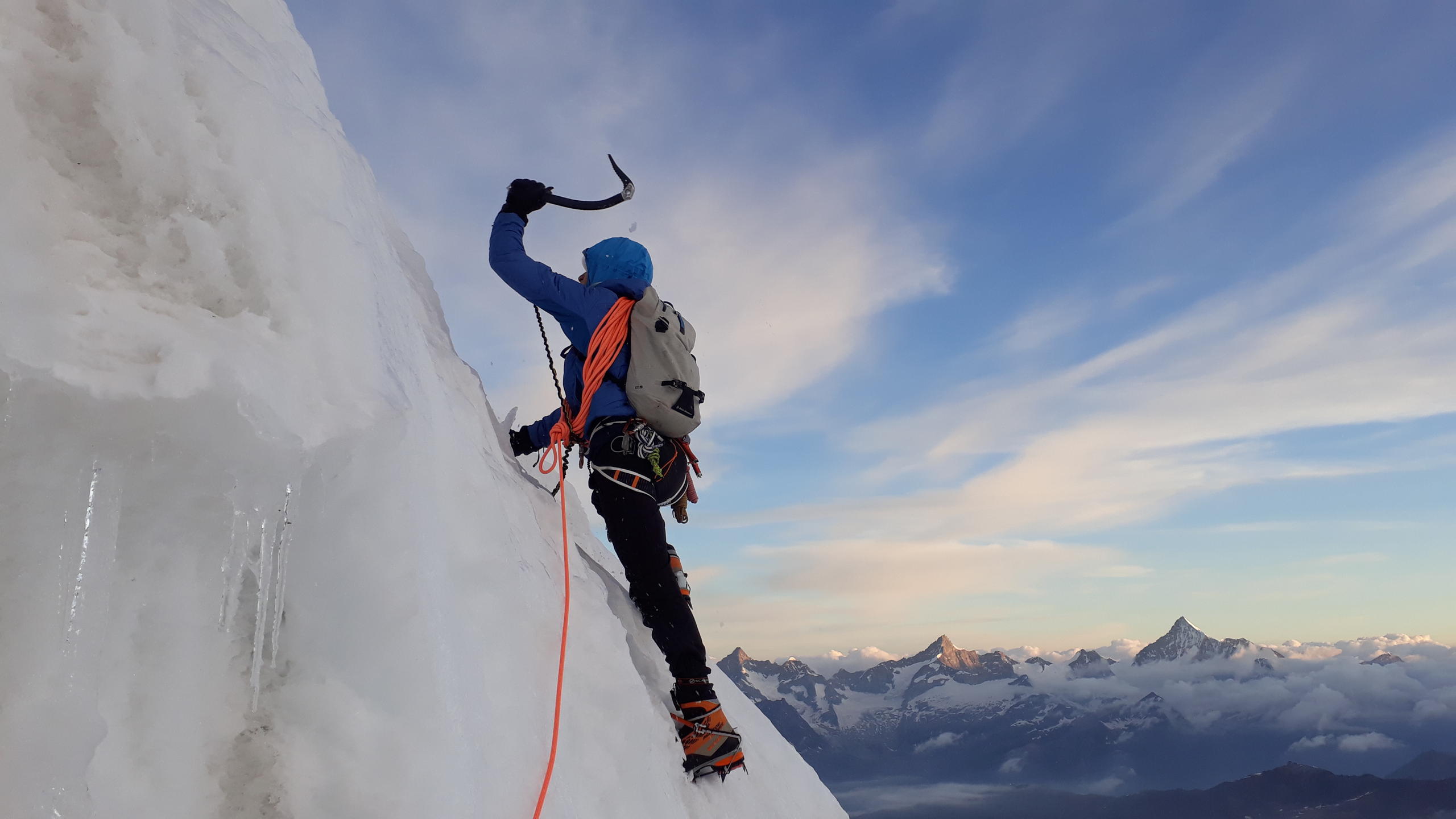
I would go further and say this: the top of each mountain accounts for just one step, in a million steps, up and down the countless mountains of life. Every other step, there and back, is as important.
No one can be fooled that we climbers go to “conquer”, since there’s nothing at all to conquer up there. So why do we keep seeing climbing related media refer to alpinists “conquering” such and such mountain. That’s a legacy left over from a time when we truly believed we could triumph over nature.
No serious climber today would choose to use this term and mean it. To conquer means to own; enslave; to kill and take… this word is a blight in modern mountaineering literature, and it needs to be eradicated. From now on, if you ever read the word “conquer” online or in a book, newspaper or magazine, write to the editor and complain.
We do not climb to conquer. This notion of beating mountains into submission was born in an age of empires, when war was seen as noble and heroic. It also goes hand-in-hand with the notion of “claiming virgin peaks through manly perseverance” – an act we now call rape. Both notions today are equally abhorrent.
So why do we climb if not to conquer? The closest anyone has gotten to giving the right answer – even though he’s not trying to give one – is Gaston Rebuffat in his book Starlight and Storm (Etoiles et Tempêtes in French). In this book I found something that other mountaineering books were lacking: I found heart.
First published in 1954, even today it stands out from the crowd. Rebuffat painted the mountains, as well as the act of moving about them, in an entirely fresh light: in the glow of pure joy.
When he speaks about the mountains you hear the fondness in his tone. The mountains are like old friends; he enjoys spending time with them. When I read the book for the first time, maybe ten years ago, it struck a chord. I realised what I’d known all along: that climbing for me was never about being forcibly in control. It was much more about letting go; letting my instincts override me; about seeing something beautiful and reaching out.
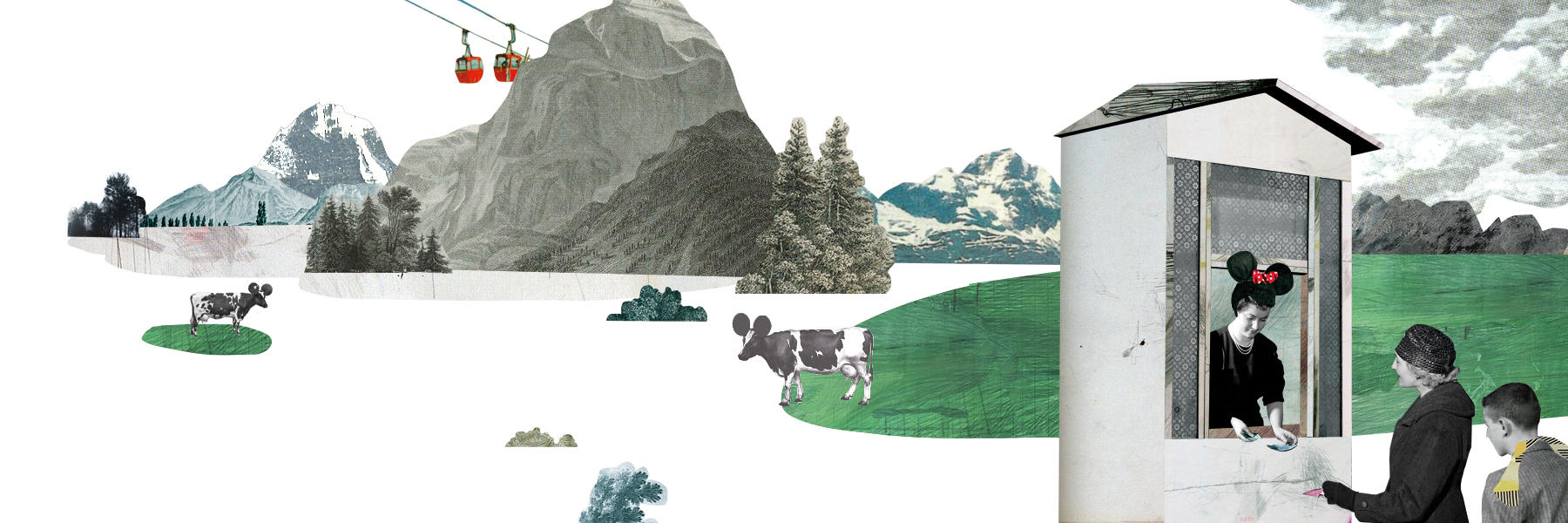
More
Once a ‘playground’ for the few, the Alps are now an amusement park for all
I went to the mountains to lose myself, knowing that they would show me the way back home. I went in answer to a yearning inside of me. I couldn’t bear to simply look up; I had to be with them.
There’s really only one reason why I go. I go for love.
Love is why I climb and I am proud to say it, for it’s my greatest strength out there. It’s what gets me up in the middle of the night to set out; to puff and sweat, suffer headaches, burn my skin, bash my knees, and even risk my life. The love of simply being up there. The love of movement in the fresh air, of seeing the smiles and tears on the faces of my rope mates. The love for the mountains themselves.
Can a man love a mountain? I’ve heard that true love is unconditional, non-physical and expects no reward. It is involuntary, impulsive and uncontrollable. My yearning to be in the mountains feels like all those things.
Even when I bear witness to tragedy; despite having lost friends… I can’t stop loving the mountains any more than a mother can stop loving her child.
As a pale asthmatic teenager in south Wales many years ago, it was stories about the Eiger that got me truly interested in climbing. My heart swells now when I sit back in my garden and look up at the mountain’s north face, realising I now live beside it and have travelled across its flanks and ridges. When I see it in the evening light, bathed in every colour from bronze to gold, from tangerine to deep maroon, I feel at peace; at home; watched over.

I go to the mountains because I have no choice. Staying down in the valley would break my heart, as much as it would if I had to separate from the (human) love of my life.
The mountains offer no trophies or medals. Their gifts are subtle and far more substantial.
For instance, despite the physical stresses of being there, my mind is always at ease. An ocean of bliss surrounds me. So they are my therapy. The grandeur and immensity of the landscape teaches me how insignificant – and at the same time how infinitely connected to the world I am: They are my spiritual teacher.
The mountains are also my cure: The clean air flowing over the glaciers fills my lungs, as if with golden light. In the mountains, I’ve never needed to use my asthma pump.
Of course, there is the challenge of going into the unknown. But I go back to some mountains time and time again. I’ve climbed the Eiger eight times; its neighbour the Mönch 10 times now. I know the routes by heart. I’m not a guide so don’t earn money. So what is there to gain?
I revisit them simply because I enjoy their company. They are my closest neighbours, and we share a lot of great memories – at least that’s the feeling I have. Do they love me back? Or are they just lumps of rock held together with ice and snow?
I give everything I have to the mountains and still come back with more love in my heart than when I started out. Where could all that love come from if not from the mountains themselves.
Whether you stand on top of a mountain for half a second, half an hour, or don’t even make it all the way, the summit will always be there, physically, and in the mind. Every high point, no matter where it is, will stay with you for ever, each one building on the one before. Just as every feeling of gratitude, bliss, serenity, love and each moment of beauty, is built on top of the last.
Fifteen minutes? The truth is I’m still there.
The views expressed in this article are solely those of the author, and do not necessarily reflect the views of swissinfo.ch.

In compliance with the JTI standards
More: SWI swissinfo.ch certified by the Journalism Trust Initiative






